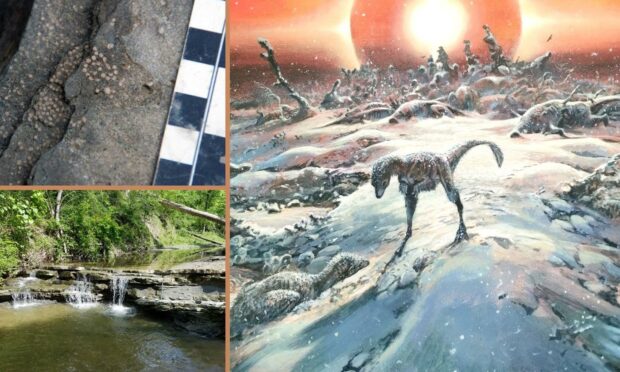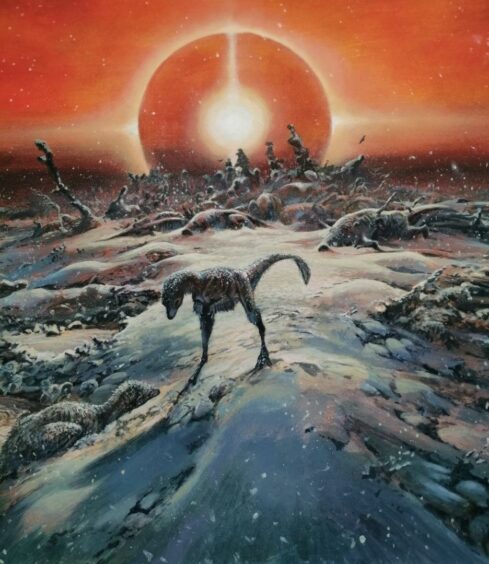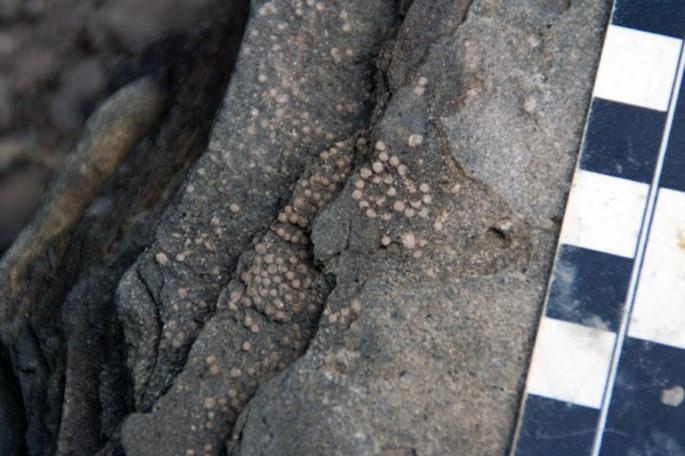Experts from St Andrews University have discovered more about how dinosaurs went extinct – with one researcher saying they were “just really unlucky”.
Dr Aubrey Zerkle says their fate was sealed in part because of where a six-mile-wide asteroid impacted the planet.
But research suggests that climate cooling associated with sulphur gases that were ejected into the atmosphere as a result of the asteroid strike directly contributed to the reptiles’ extinction.
Dr Zerkle, of the School of Earth and Environmental Sciences at the Fife university, said: “One reason this particular impact was so devastating to life seems to be that it landed in a marine environment that was rich in sulphur and other volatiles.
“The dinosaurs were just really unlucky.”
The dinosaurs were just really unlucky
Dr Aubrey Zerkle
Without the impact, and the release of the gases into the climate, it is thought life on Earth would have been different – with dinosaurs the dominant species.
But while the strike was catastrophic for the reptiles and other life, it allowed for the diversification of mammals – including primates.
The true extent of the role of these sulphurous gases has not been known fully until now.
Dr Zerkle and a group of experts from Syracuse University in New York, Bristol University and Texas A&M University have published new research on the topic.
The researches examined material deposited in a sea, now represented by rocks found along the Brazos River in Texas.
Dr James Witts, of the School of Earth Sciences at Bristol University, said: “Our data provided the first direct evidence for the massive amounts of sulphur released by the Chicxulub impact.
“It’s amazing to be able to see such rapid and catastrophic global change in the geological record.”
Christopher Junium of Syracuse University, said: “The initial effects of the impact were caused by rock dust, soot and wildfires.
“But the sulphur aerosols extended the time period over which life would have suffered from extreme cooling, reduced sunlight and acidification of the land surface and oceans, and it was this extended duration of cooling that likely played a central role in the severity of the extinction.”












